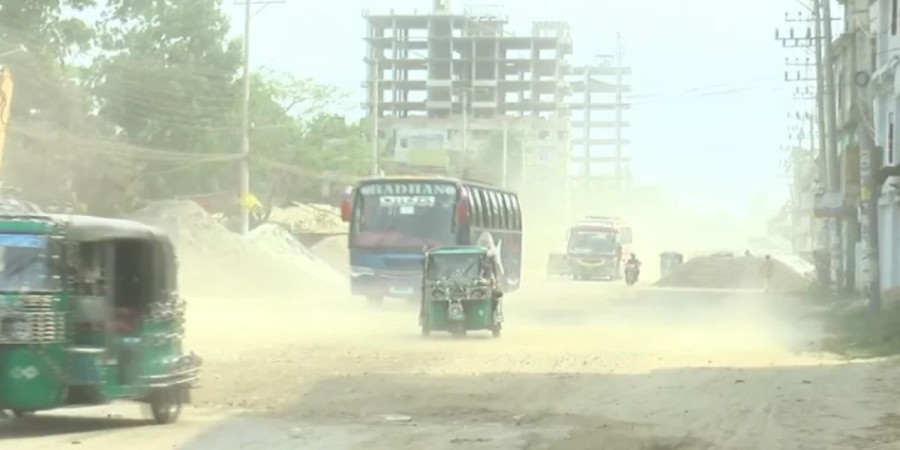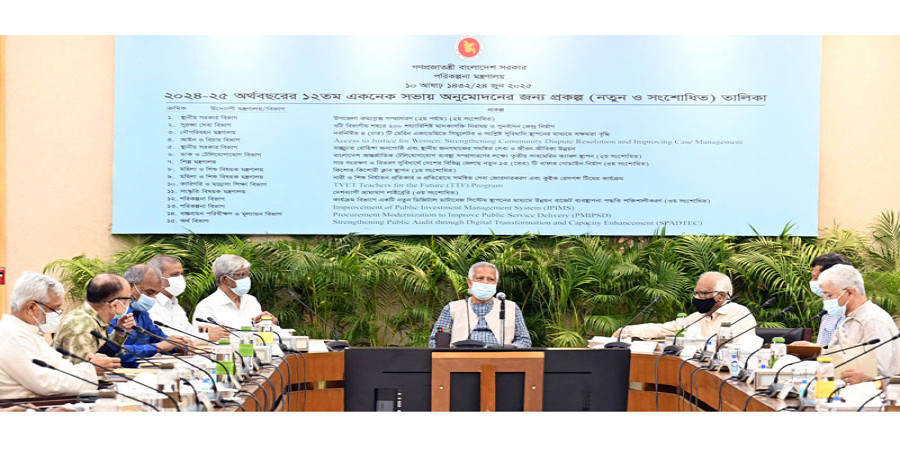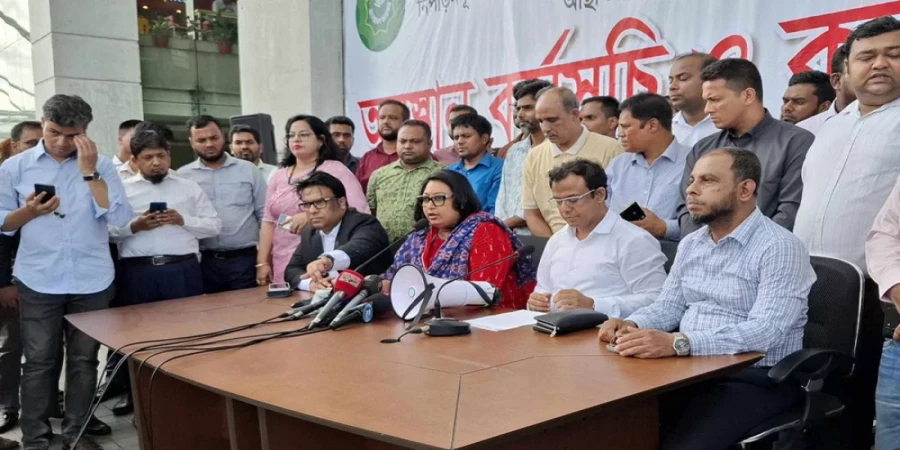
ছবি: Collected photo
Dhaka, the capital of Bangladesh, is grappling with some of the worst air pollution levels in the world, far exceeding safe limits set by the World Health Organization (WHO). On Friday, a typical holiday in Dhaka, the city’s air quality index (AQI) reached 262 at 8:30 AM, a level considered "very unhealthy." Despite a reduced volume of traffic and the closure of many factories, which typically contribute to the city's pollution, Dhaka's air quality continued to deteriorate.
According to IQAir, a Switzerland-based air quality monitoring organization, the pollution levels in Dhaka were among the worst in the world, placing it at the top of the global list of polluted cities. As per the data, on December 6th, around 11:30 AM, the AQI in Dhaka stood at 264, confirming the city's position as the most polluted city globally at that moment. Later, Lahore in Pakistan surpassed Dhaka, but the latter remained in the top ranks for air pollution.
A recent report from the World Bank stated that air pollution was the cause of 20% of premature deaths in Bangladesh. It also pointed out that nine of the ten most polluted cities in the world are located in South Asia, with Dhaka being one of them.
The situation has worsened in recent years, and the problem is most acute in the winter months. With the arrival of winter in November, the levels of harmful particulate matter (PM) in the air increase, exacerbating the pollution. Research conducted by the Air Pollution Study Center indicates that 57% of the air pollution in Bangladesh occurs during the dry season from November to March, with November and December being particularly challenging months for air quality.
The long-term consequences of such severe air pollution are becoming evident. In 2019 alone, between 78,000 and 88,000 people in Bangladesh died prematurely due to air pollution-related diseases. Over two million people suffered from respiratory issues in the same year. The rise in pollution levels is not limited to Dhaka but is also affecting other regions, including Narayanganj, Sylhet, Khulna, and Rajshahi, further threatening public health.
Particulate matter (PM), particularly PM 2.5 and PM 10, are the primary pollutants measured to determine air quality. These fine particles, along with gases like sulfur dioxide, carbon monoxide, nitrogen dioxide, and ground-level ozone, are harmful to human health. The AQI, a scale used to measure air quality, classifies pollution levels as follows: 51 to 100 is considered acceptable, 101 to 150 is unhealthy for sensitive groups, 151 to 200 is unhealthy, 201 to 300 is very unhealthy, and anything above 301 is considered hazardous.
In recent weeks, Dhaka has consistently registered AQI scores above 150, with several days witnessing dangerously high levels of pollution. On December 12th, areas like the US Embassy and Gulshan-2 recorded AQI levels of 366 and 341, respectively, marking extreme levels of pollution that could pose significant health risks to the public.
Experts warn that the situation requires urgent intervention. The leading causes of air pollution in Dhaka are construction activities, brick kilns, industrial emissions, and vehicle exhaust. In addition, transboundary air pollution, which involves pollutants coming from neighboring countries, exacerbates the problem.
The issue of air pollution in Dhaka has also raised concerns among local activists and residents. During a recent protest held near the National Parliament Building, environmentalists and citizens demanded immediate action to address the city's air pollution. They criticized the government for failing to take significant steps to reduce pollution levels, pointing out that officials often remain insulated from the crisis, living in air-conditioned environments that shield them from the toxic air the general population breathes.
Sima Naser, the founder and editor of E-Arki, an environmental advocacy group, emphasized the importance of recognizing air pollution as a critical issue. She noted that while the government has not yet developed an effective action plan, it is essential to acknowledge the severity of the problem before any meaningful solutions can be implemented.
Actor Suman Anwar also joined the protest, calling for immediate changes in how the city is managed. He pointed out that while the general public suffers from poor air quality, policymakers are insulated from the crisis, living in controlled environments that shield them from the pollution. He emphasized that Dhaka's uncontrolled growth and lack of planning have made it one of the most polluted cities in the world.
The protest also featured placards calling for a "liveable Dhaka," "no more polluting projects," "environment-friendly public transport," and "clean air and healthy lives for all." Women's rights activist Taslima Miji also added her voice to the demand for stronger environmental policies. She highlighted the government's failure to address pollution in the past and urged the interim government to take immediate action to create a pollution-free environment for future generations.
Researchers and environmentalists agree that the failure to address air pollution will have long-term consequences for public health. According to Professor Ahmad Kamruzzaman Majumdar from Stamford University's Environmental Science Department, over the past eight years, only 57 days in Dhaka have had air quality considered safe for the population. The remaining days were marked by either unhealthy or hazardous air quality levels. During the months of November to March, air pollution in Dhaka accounts for 65 to 70% of the total pollution for the year.
In conclusion, Dhaka's air pollution crisis requires immediate and comprehensive action from the government and the public. The situation is not only affecting the environment but also severely impacting public health, with many residents suffering from respiratory diseases and other related illnesses. It is crucial that the government implements stringent regulations and policies to control air pollution and improve the living conditions of Dhaka's residents.
repoter






